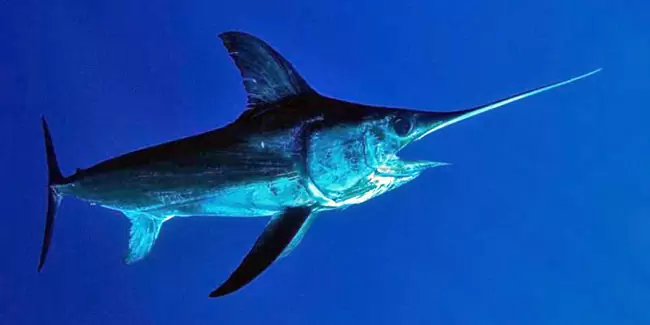The Commission has approved a proposal to include tougher measures in EU legislation to help the recovery of Mediterranean swordfish.

The new regulation incorporates Recommendation 16-05 of the International Convention for the Conservation of Atlantic Tunas into EU legislation. This is a crucial step towards better management of a stock in deep difficulty and towards achieving the general objective of the “MedFish4Ever” Declaration: to ensure the environmental, economic and social sustainability of Mediterranean fisheries for present and future generations.
The proposed regulation provides operators with legal certainty regarding rules and obligations, thus enabling the Union to meet its international responsibilities.
Recommendation 16-05 establishes a recovery plan which takes into account the specificities of the different types of gear and fishing techniques. When implementing the recovery plan, the Union and the Member States should commit to promoting inshore fishing activities and the use of selective fishing gears and techniques that reduce environmental impact, including gears and techniques used in traditional and artisanal fishing, thus ensuring a fair standard of living for the local fishing communities.
Measures such as quoea, the closure period (January to March) and the derogation from the landing obligation had already been incorporated into EU legislation at an earlier stage.
The EU presented its fisheries and inspection plan to the ICCAT secretariat on 15 March 2018. It includes the number of EU vessels authorized to fish Mediterranean swordfish in 2018: 7537 of which 5464 are pleasure boats and 1918 those with longlines smaller than 24 m in length.
During the 2016 ICCAT Annual Meeting held in Vilamoura (Portugal), the ICCAT CPCs [1] adopted Recommendation 16-05, including a 15-year recovery plan. The recommendation establishes rules for the conservation, management and control of the Mediterranean swordfish stock in order to obtain a biomass corresponding to a maximum sustainable yield by 2031 with at least a 60% probability of achieving this objective. It foresees a linear reduction of 3% each year of the TAC from 2018 to 2022 (point 4 of the ICCAT recommendation).






